Why in the Middle Ages the church called the fork a "diabolical invention"
Categories: Europe | History | Society
By Pictolic https://pictolic.com/article/why-in-the-middle-ages-the-church-called-the-fork-a-diabolical-invention.htmlAn ordinary dining fork has an impressive history with many interesting facts. It seems to us that these devices have always been there, but they are millennia younger than spoons. Forks appeared in 5-6 centuries and they were completely different from modern ones. And ordinary people were very wary of them, and the church simply hated them. Forks were banned in Europe and even believed to have been invented by Satan himself.

It is believed that forks were invented in the East, and in Europe they began to spread in the 11th century. According to legend, the first fork was brought by a Byzantine princess married to a Venetian doge. The fork was gold, but it was used for a quite prosaic purpose — so as not to get your hands dirty while eating.
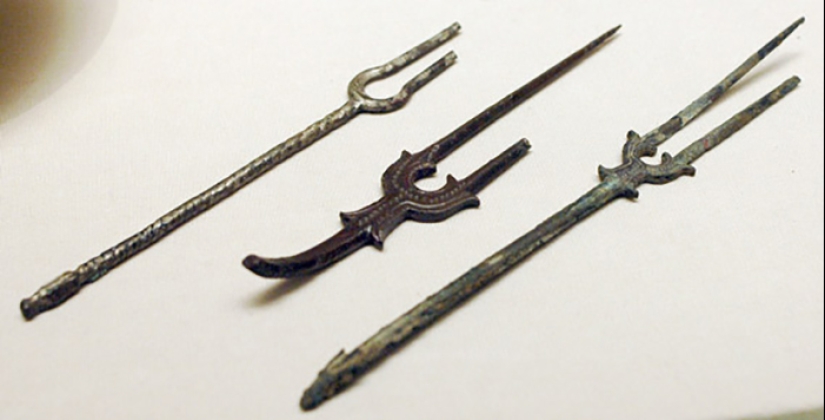
Very soon, the princess began to be imitated and forks appeared in many houses of the nobility in Venice, Florence and other cities of medieval Italy. Their use was exclusively the prerogative of the aristocrats, since the cutlery was made only to order. Ordinary people, as before, used spoons, and more often ate with a knife and hands.
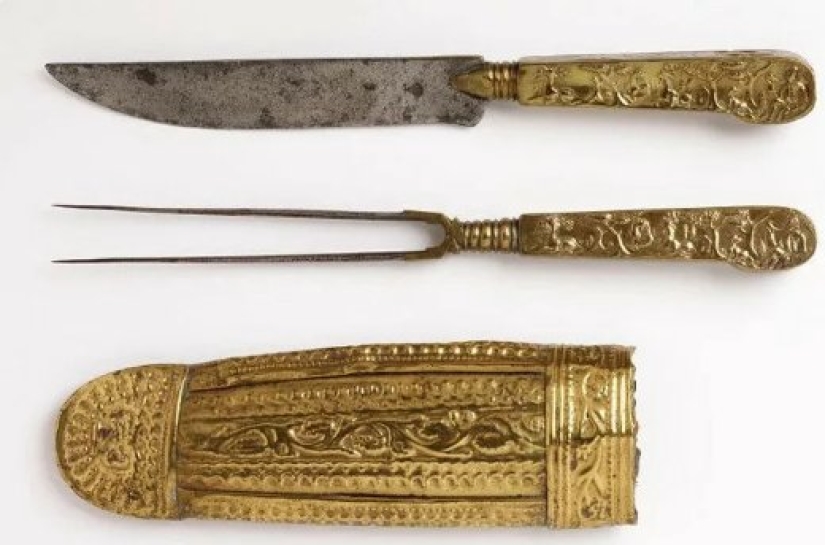
Now the use of forks does not raise questions, even, on the contrary, eating some dishes without a fork is considered bad form. But centuries ago, the innovation caused outrage of the Catholic Church. The clergy claimed that this vicious invention of the East was just another way to corrupt Christians and remove them from God. Forks were deemed an unnecessary excess and later banned altogether.
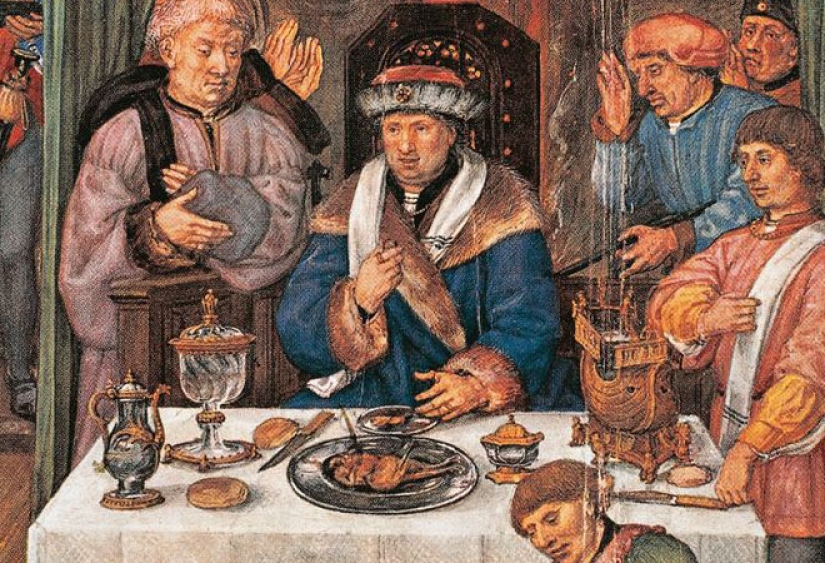
Soon, temples and monasteries began to teach that the fork is nothing but the devil's pitchfork, that is, the invention of dark forces. When a Byzantine princess died of the plague, it was immediately interpreted as God's punishment for using a fork. The Benedictine monk Peter Damian even published an appeal to Catholics, in which he gloated about the death of the unfortunate and warned her imitators.
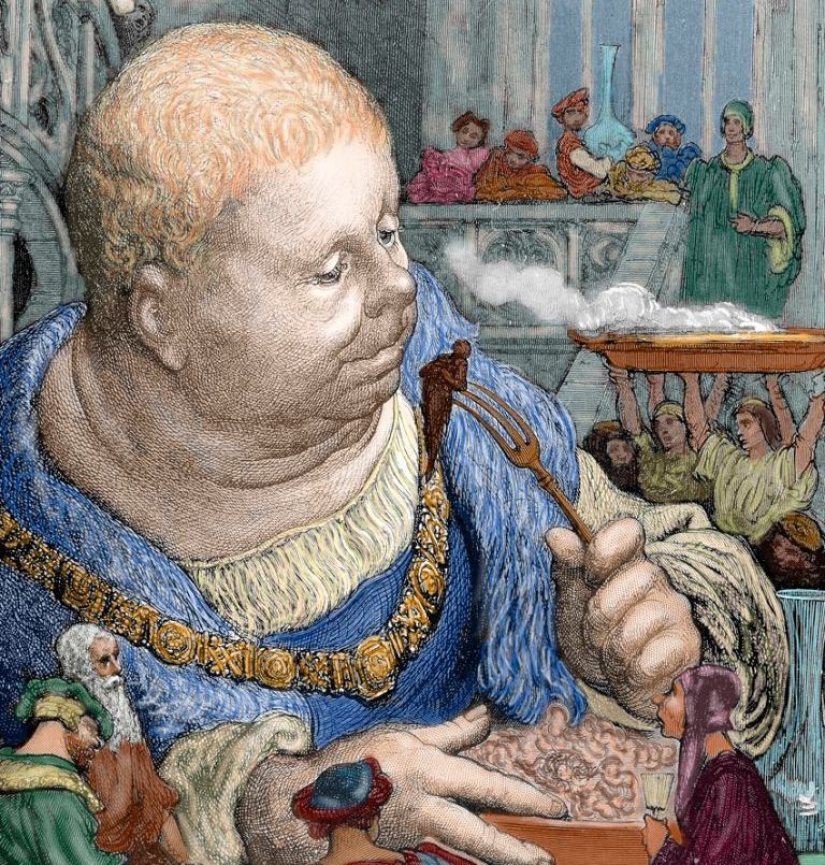
The saint said that every fork lover would be punished, because he was acting against God's plan. The Lord gave man two hands to eat meat, so why use the devil's invention? In the Middle Ages, Europeans ate solid food with their hands, and used the edge of the tablecloth instead of a napkin. Soup was scooped with tin or wooden spoons, and from a common boiler or a large bowl.
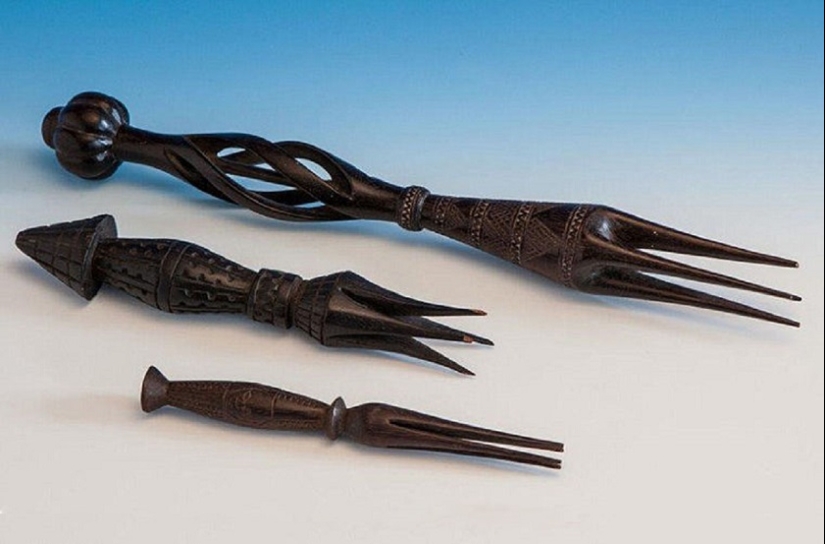
Such simple table etiquette reigned both in the homes of peasants and townspeople, and in the castles of counts and kings. Unless the nobility had brocade tablecloths, and spoons and bowls with gilding. The foreigner who was the first to use a fork was accused of vanity, because the pontiff himself deigned to take meat with his hands. However, nothing could be changed — many found forks a convenient and exquisite cutlery.
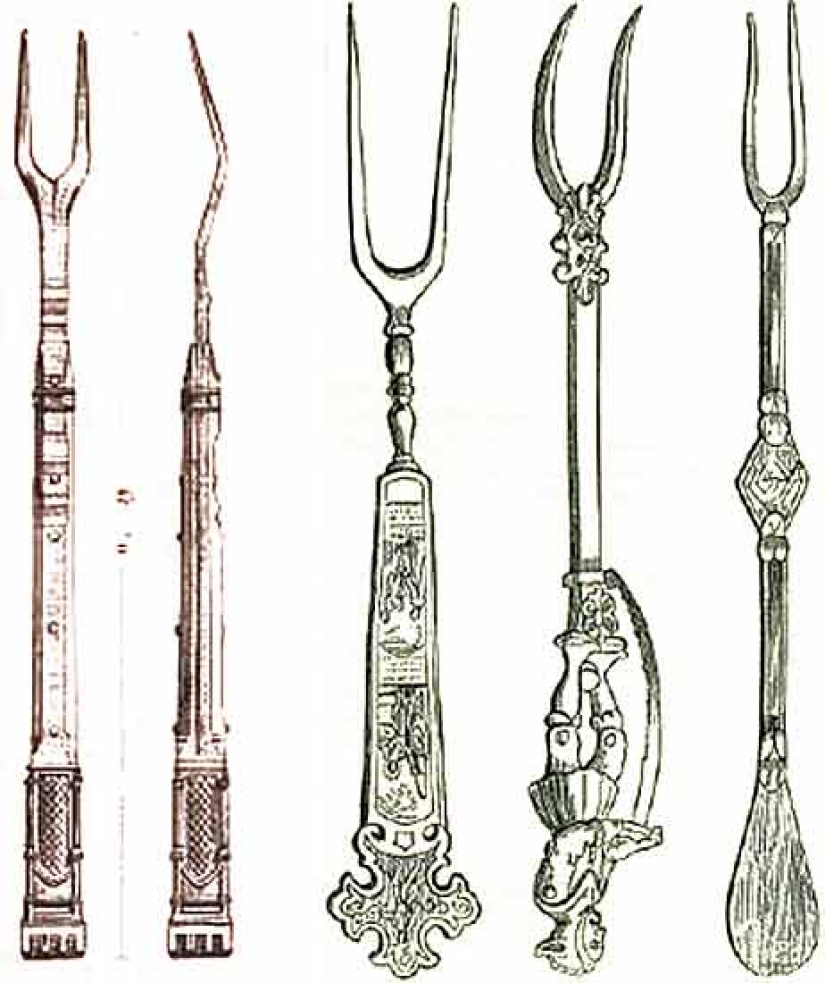
Unfortunately, history has not preserved the exact name of the Byzantine princess. Scientists suggest that it was Theodora Dukaina or Maria Argyropulina. Both of these women in different periods of the Middle Ages married the Doge in order to consolidate the military and commercial alliances of Venice and Constantinople.
Despite church prohibitions, the nobility continued to use forks. The real fork boom occurred during the Renaissance. These cutlery ceased to be associated with the East and Italy and began a victorious march across Europe. Catherine de' Medici, who married Henry II of France in 1533, brought the fashion for forks to France.
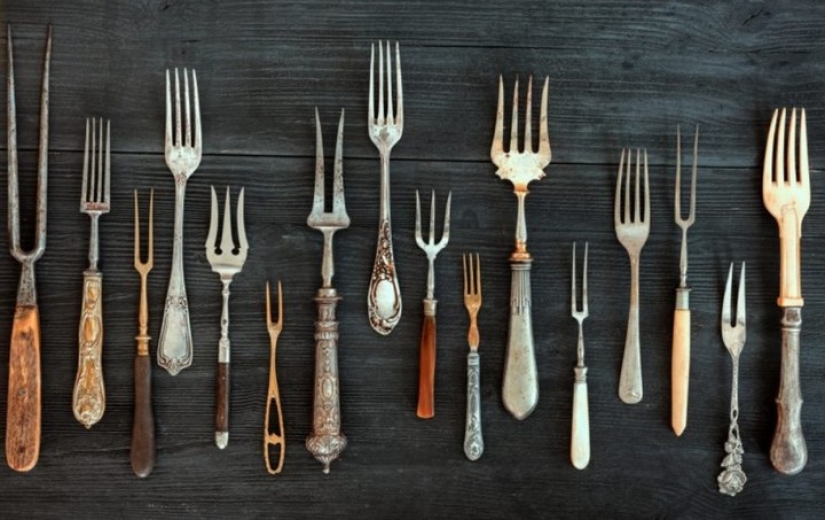
Around the same time, the forks changed. Before that, they were two-pronged, and in the 16th century models with 3, 4 and even 5 prongs began to appear. Additionally, these devices received an elegant bend at the point of transition to the handle. In the 17th century, the fork crossed the English Channel and appeared in England. Thanks to the British possessions scattered around the world, the unusual cutlery began to spread rapidly. Forks appeared in the New World, Africa and colonies in Asia and Oceania.

By the way, in America, the fork did not become popular immediately. Practical Americans considered it an unnecessary excess. The device was used only by noble persons, and the common people ate with their hands and a knife. The fork was universally recognized in the USA only at the end of the 19th century, when Europeans could no longer imagine table setting without it.
Recent articles

There are many places in the world where only the chosen ones can be. The cities of Mecca and Medina in Saudi Arabia are well known ...

This collection of photos will clearly please the little inner perfectionist who lives in each of us. It doesn't matter how much ...

If you don't feel good about the donut you ate for lunch, relax - it can get worse ... At least you didn't eat the ...